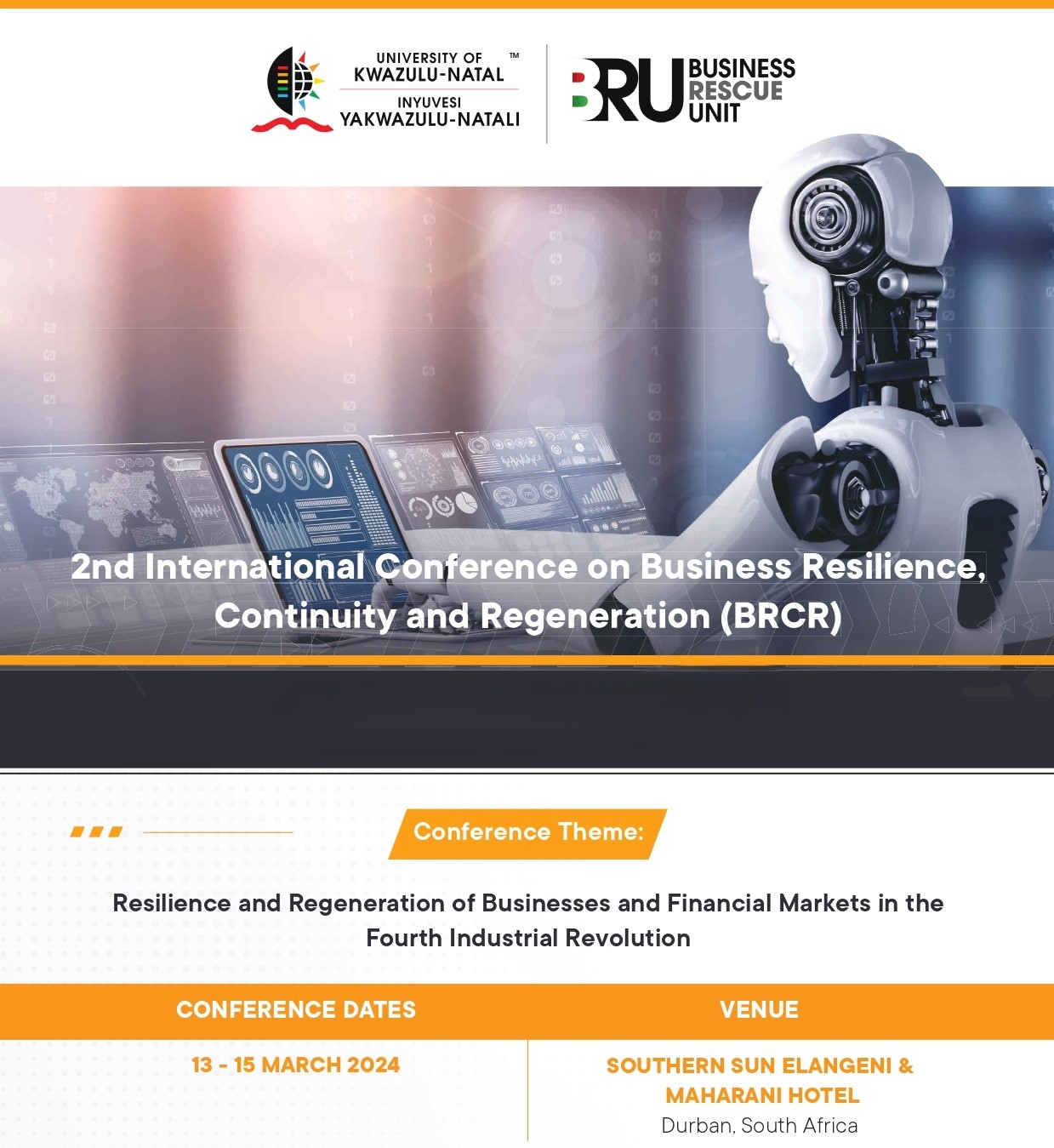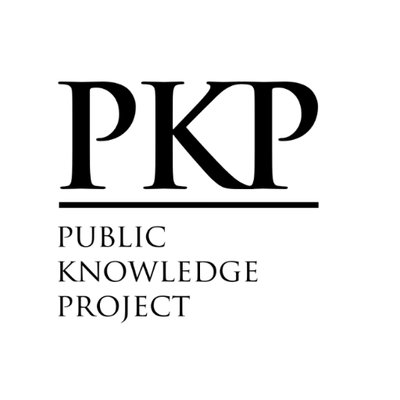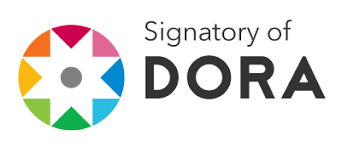Déterminants macroéconomiques de la croissance économique en Afrique du Sud
une preuve par cointégration
Mots-clés :
: South Africa, economic growth, capital stock, financial development, employment, inflation, Autoregressive Distributed Lag (ARDL).Résumé
Objectif : Cette étude a pour objectif d’étudier les déterminants de la croissance économique en Afrique du Sud dans un contexte de défis macroéconomiques actuels.
Méthode : Lors de l'analyse des données des séries chronologiques annuelles, la stationnarité a été évaluée à l'aide des tests de Phillips-Perron et de Dickey-Fuller augmenté, et les relations entre les variables ont été explorées à l'aide d'un modèle de décalage distribué autorégressif (ARDL), avec la causalité de Granger utilisée pour étudier les relations causales entre les variables.
Résultats : À long terme, le développement financier, le stock de capital et l’emploi sont des déterminants importants de la croissance économique. À court terme, toutes les variables examinées étaient significatives.
Originalité/Pertinence : L'étude aborde les défis macroéconomiques critiques en Afrique du Sud, fournissant des informations qui peuvent éclairer les politiques visant à stimuler la croissance économique par l'emploi, l'investissement en capital et le développement financier.
Téléchargements
Références
Ain, N., Sabir, S. & Asghar, N. (2020), Financial inclusion and economic growth: Empirical evidence from selected developing economies. Review of Economics and Development Studies, 6(1), 179-203.
Aksakal, B.S. (2019), World Bank and Keynesian economics. Business and Economics Research Journal, 10(1), 77-94.
Alharthi, M. & Hanif, I. (2020), Impact of blue economy factors on economic growth in the SAARC countries. Maritime Business Review, 5(3), 253-269.
Anon, 2022. Building Jobs and Prosperity in Developing Countries. Available online: https://www.oecd.org/derec/unitedkingdom/40700982.pdf (accessed on 11 Mar 2024).
Attari, M.I.J. & Javed, A.Y. (2013), Inflation, economic growth, and government expenditure of Pakistan: 1980-2010. Procedia Economics and Finance, 5, 58-67.
Batrancea, L.M., Balcı, M.A., Akgüller, Ö. & Gaban, L. (2022), What Drives Economic Growth across European Countries? A Multimodal Approach. Mathematics 2022, 10(9), 3660. https://doi.org/10.3390/math10193660
Boianovsky, M. (2018), Beyond capital fundamentalism: Harrod, Domar and the history of development economics. Cambridge Journal of Economics, 42(2), 477-504.
Chibuzor, C. & Eleh, E. (2023), The Impact of Capital Formation on Economic Growth in Nigeria. Middle European Scientific Bulletin, 11, 25-40
Comin, D. & Mulani, S. (2006), A Theory of Growth and Ideas. Journal of Economic Growth, 11(1), 39-60.
Đidelija, I., (2020), Analysis of the Theoretical and Empirical Literature on the Relationship between Savings and Economic Growth. Knowledge-International Journal, 40(1),71-77.
Djamal, D., Fariou, C. & Brahim, L. (2023), Effect of Human Capital on Economic Growth in South Africa: an ARDL Approach. Financial Markets, Institutions and Risks, 7(4), 1-13.
Eichengreen, B. (2020), Keynesian economics: can it return if it never died? Review of Keynesian Economics, 8(1), 23-35.
El Abed, R. & Zardoub, A. (2019), Exploring the nexus between macroeconomic variables and stock market returns in Germany: An ARDL Co-integration approach. Theoretical and Applied Economics, 2(2), 10-25.
Fazzari, S.M. (2020), Was Keynesian economics ever dead? If so, has it been resurrected? Review of Keynesian Economics, 8(1), 46-60.
Fournier, J. (2020), 5 Ways to address the skills shortage in your industry. Canada: HCMworks.
Gebru, T. (2015), The determinants of economic growth in Ethiopia: A time series analysis. (Master Thesis) Addis Ababa University, Addis Ababa, Ethiopia.
Hahn, F.H. (2019), The Microeconomic Foundations of Macroeconomics 25-40. Routledge. Taylor & Francis group
Hlapi, A. Stiglingh-Van Wyk, A. & David, O.O (2023), Analysing Factors that Influence Economic Growth in South Africa. Acta Universtatis Danubius CEconomica 3, 200-216.
Hobongwana, K.G., Kapingura, F.M.& Kosi, P. M. (2023), The Impact of Domestic Investment on Economic Growth in South Africa: A Sectoral Approach. International Journal of Economics and Finance Studies, 15(2), 278-309.
International Labour Organization (ILO). (2020), What is Skill Mismatch, and Should We Care? Geneva: ILO.
Iqbal, M.A., Nadim, N. & Akbar, Z. (2022), Determinants of Recent Inflation in Pakistan and its Relation with Economic Growth: An Econometric Analysis. Pakistan Journal of Humanities and Social Sciences, 10(1), 345-353.
Jedidia, K.B., Boujelbene, T. & Helali, K. (2014), Financial development and economic growth: New evidence from Tunisia. Journal of Policy Modelling, 36(5), 883-898.
Joao, C.A. (2021), Determinants of economic growth in Sub-saharan Africa 1990-2021, Heilbronn University, Mcom Dissertation: Heilbronn.
Kaitila, V. (2016), GDP growth in Russia: Different capital stock series and the terms of trade. Post-Communist Economies, 28 (2), 129-145.
Kummitha, H.R. & Kummitha, R.K.R., (2021), Sustainable entrepreneurship training: A study of motivational factors. The International Journal of Management Education, 19(1), 100449.
Mabugu, T., & Inglesi-Lotz, R. (2022), The effect of mismatched supply and demand of electricity on economic growth in South Africa. Energy Sources, Part B: Economics, Planning, and Policy, 17(1).
Makaringe, S.C. & Khobai, H. (2018), The effect of unemployment on economic growth in South Africa (1994-2016). MPRA Paper,2-13.
Malebo, U. (2020), Evaluating the Impact of Economic Sanctions on South Africa: A Synthetic Control Approach (Master's Thesis) University of Cape Town.
Manzoor, F., Wei, L., Asif, M., Haq, M.Z.U. & Rehman, H.U. (2019), The contribution of sustainable tourism to economic growth and employment in Pakistan. International Journal of Environmental Research and Public Health, 16(19). 37-85.
Meyer, D.F. & Sanusi, K.A. (2019), A causality analysis of the relationships between gross fixed capital formation, economic growth and employment in South Africa. Studia Universitatis Babes-Bolyai Oeconomica, 64(1), 33-44.
National Treasury. (2019), Economic Transformation, Inclusive Growth, and Competitiveness. Cape Town: South Africa National Treasury.
Nguyen, Q. K. (2023), Macroeconomic determinants of economic growth in low- and mid-income countries: new evidence using a non-parametric approach. Applied Economics Letters, 1–6. https://doi.org/10.1080/13504851.2023.2283774
Nkoro, E. & Uko, A.K. (2016), Autoregressive Distributed Lag (ARDL). Journal of Statistical and Econometric Methods, 5 (4), 63-91.
Olowofeso, E.O., Adeleke, A.O. & Udoji, A.O. (2015), Impact of private sector credit on economic growth in Nigeria. CBN Journal of Applied Statistics, 6(2), 81-101
Palley, T., (2019), Unemployment and growth: Putting unemployment into Post Keynesian growth theory. Review of Political Economy, 31(2), 194-215.
Paratama, D.P. (2023a), Analysis of the Determinants of Economic Growth in G20 Countries 2012-2021. Efficient: Indonesian Journal of Development Economics, 6(3), 290-311.
Paratama, D.P. (2023b), Analysis of the determinants of economic growth in G20 countries 2012-2021. Indonesian Journal of Development Economics 6(3) 290-311.
Pesaran, M.H., Shin, Y. & Smith, R.J., (2001), Bounds testing approaches to the analysis of level relationships. Journal of Applied Econometrics, 16(3), 289-326.
Pham, H. & Nguyen, P. (2020), Empirical research on the impact of credit on economic growth in Vietnam. Management Science Letters, 10(12), 2897-2904.
Stats SA (Statistics South Africa), (2018), The Economy Shrinks by 0,7% in Q2. Pretoria: Government Printers.
Stats SA (Statistics South Africa). (2020), Economy Slips into Recession. Pretoria: Government Printers.
Stats SA (Statistics South Africa), (2020), Youth Still Find It Difficult to Secure Jobs in South Africa. Pretoria: Government Printers.
Stats SA (Statistics South Africa), (2023), Economic growth. Pretoria: Government Printers.
Tarasov, V.E. & Tarasova, V.V. (2019), Harrod–Domar growth model with memory and distributed lag. Axioms, 8(1). 9-20
Tendengu, S., Kapingura, F.M. & Tsegaye, A. (2022), Fiscal Policy and Economic Growth in South Africa Economies 2022, 10, 204. https://doi.org/10.3390/economies10090204
Tien, N.H. (2021), Relationship between inflation and economic growth in Vietnam. Turkish Journal of Computer and Mathematics Education (TURCOMAT), 12(14), 5134-5139.
Van Den Berg, H. (2018), Extending the Harrod-Domar Model. American Review of Political Economy, 13(1), 11-30.
Wahedi, A.U., Zeng, Y. & Arbetman-Rabinowitz, M. (2022), South Africa’s old hand at a new pandemic: politics dictates the quality of response. Canadian Foreign Policy Journal, 28(1), 79-97.
Yousaf, Z. (2020), Dynamic Linkages between Poverty, Inequality, Crime, and Social Expenditures in a Panel of 16 Countries. New York City: Springer Open.
Ziaja, S. (2020), More donors, more democracy. The Journal of Politics, 82(2), 433-447.
Téléchargements
Publié
Numéro
Rubrique
Licence
© Dorah Dubihlela, Phakama Senzangakhona, Nomsindisi Dudumashe 2025

Cette œuvre est sous licence Creative Commons Attribution - Pas d'Utilisation Commerciale - Pas de Modification 4.0 International.
Les auteurs qui publient dans cette revue acceptent les termes suivants :
- Les auteurs conservent le droit d'auteur et accordent à la revue le droit de première publication, l'ouvrage étant alors disponible simultanément, sous la licence Licence d’attribution Creative Commons permettant à d'autres de partager l'ouvrage tout en en reconnaissant la paternité et la publication initiale dans cette revue.
- Les auteurs peuvent conclure des ententes contractuelles additionnelles et séparées pour la diffusion non exclusive de la version imprimée de l'ouvrage par la revue (par ex., le dépôt institutionnel ou la publication dans un livre), accompagné d'une mention reconnaissant sa publication initiale dans cette revue.
- Les auteurs ont le droit et sont encouragés à publier leur ouvrage en ligne (par ex., dans un dépôt institutionnel ou sur le site Web d'une institution) avant et pendant le processus de soumission, car cela peut mener à des échanges fructueux ainsi qu'à un nombre plus important, plus rapidement, de références à l’ouvrage publié (Voir The Effect of Open Access).























